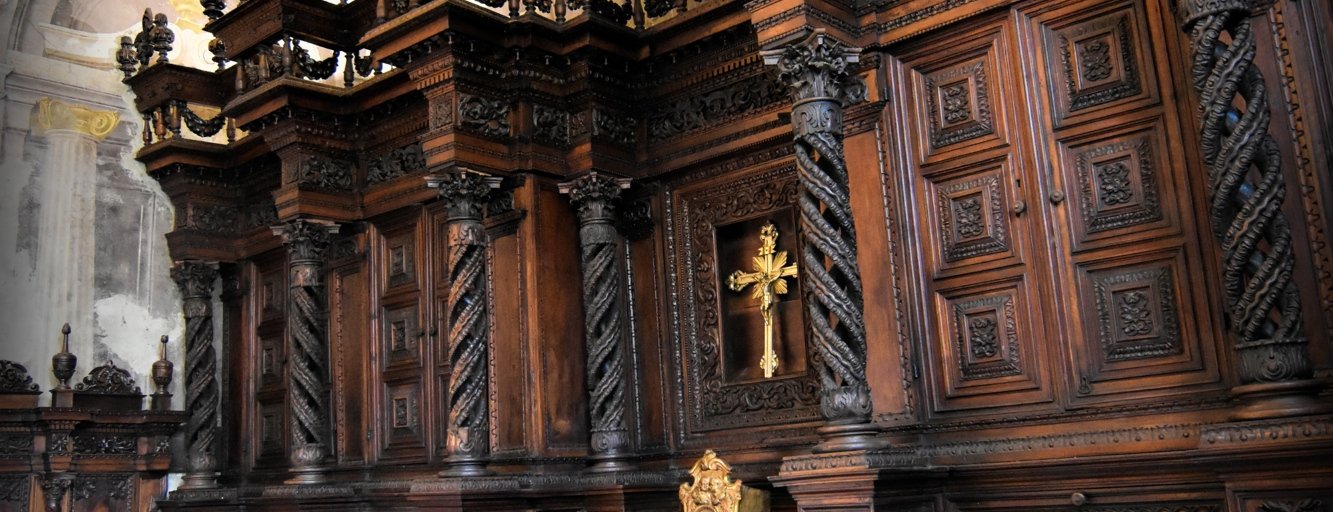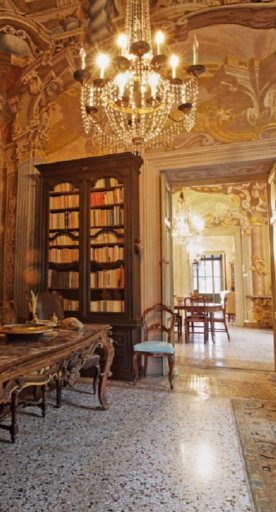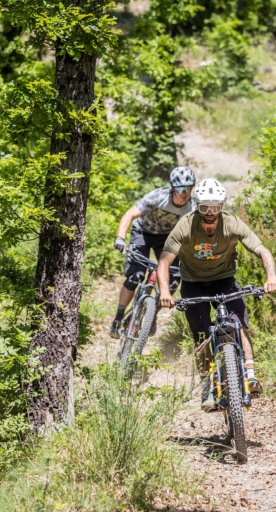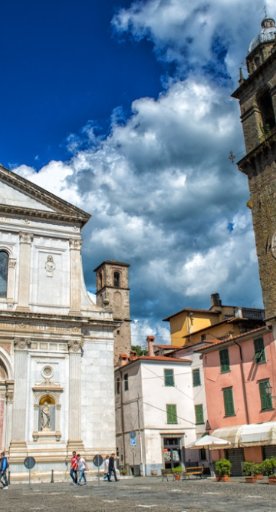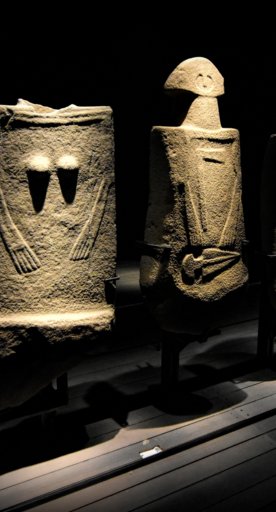
The Brattello Forest
A journey into the Lunigiana woodlands, among trails, MTB routes and ancient traditions
A gem of Lunigiana, Brattello Forest occupies an area of 322 hectares in the Municipality of Pontremoli. It extends along the northern border between Tuscany and Emilia Romagna, along the Brattello Pass (953 m asl), a centuries-old link between the Duchy of Parma, the Grand Duchy of Tuscany and the Malaspina lands.
Originally occupied by pastures and coppice woods, reforestation of conifers and broad-leaved trees began in the early 20th century, and today you can find black pines, beeches, chestnuts and Turkey oaks. Hare, roe deer, wild boar and fox are widespread in the area, while red squirrels can be spotted in the coniferous and broad-leaved woods. More difficult to spot are porcupines, badgers, weasels, stone martens and the very shy skunk. Among the numerous forest birds, there's also bunting, a protected species, and the important presence of the honey buzzard, as well as buzzards and the sparrow hawk.
To date, the forest is part of the Tuscany Region's heritage and is managed, by delegation, by the “Unione di Comuni Montana Lunigiana”; state-owned forests are very often characterised by a centuries-old history and represent a natural heritage for the benefit of all.
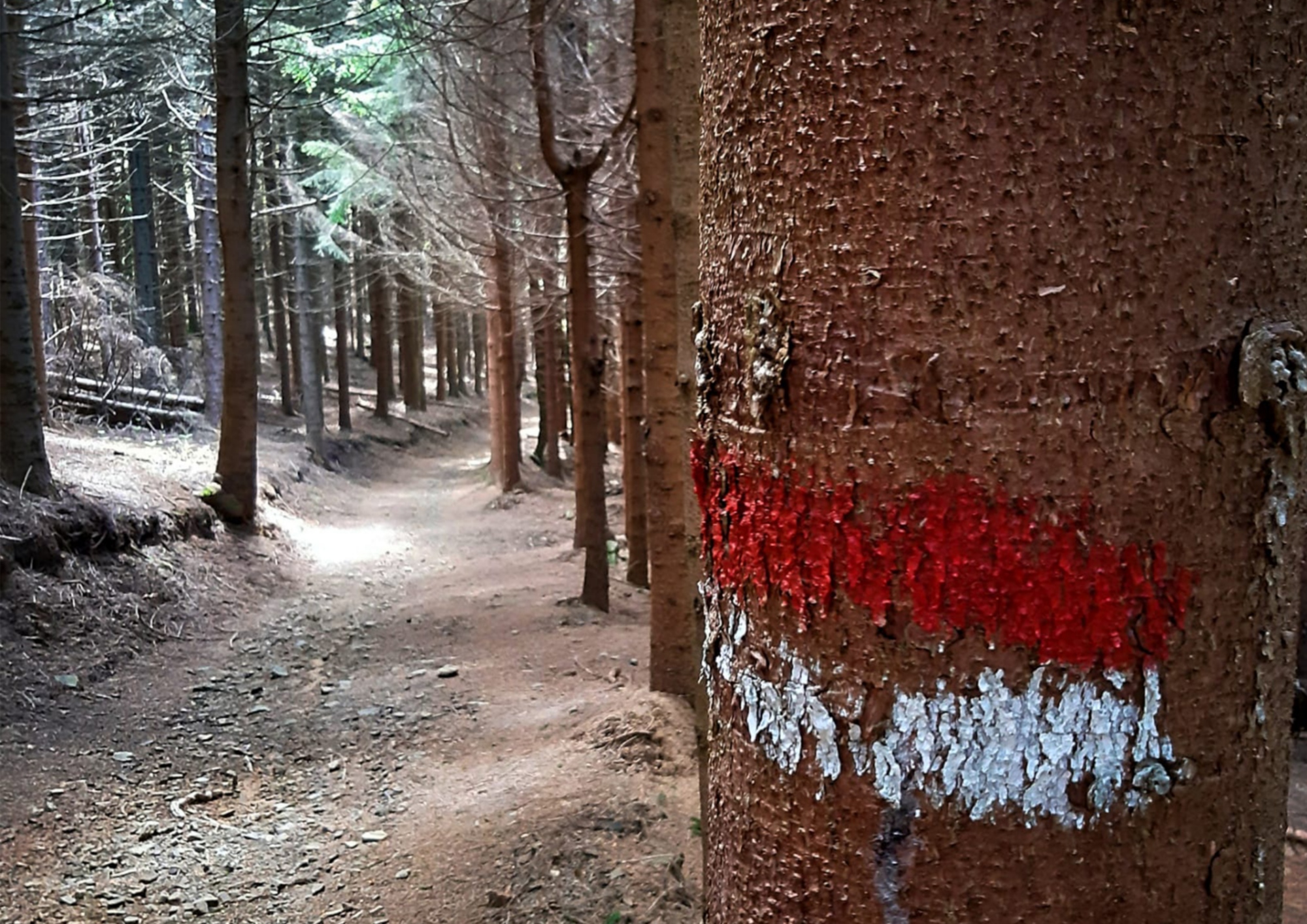
The Brattello Forest is made up of a network of paths that intertwine with the Great Apennine Excursion, the Alta Via dei Monti Liguri and the Sentiero Italia. There are numerous paths and ring routes interspersed with rest areas that branch out among the forest's vegetation.
One of these paths starts from the Passo del Brattello and leads to a dirt road that climbs gently and winds through woods and meadows at a slight incline. The Via degli Abati, an early medieval itinerary of about 125 km used by the monks of San Colombano di Bobbio (PC) to reach Rome, also has a stop along the Brattello. To revive this historic path, the "Abbots' Way" marathon was formed, inserted in the national day of the Francigena Routes.
Even in the winter it's an unmissable opportunity to admire the landscape that's often covered in snow, with the possibility of snowshoeing of various lengths and difficulties. An example is the path that leads from the Brattello Pass to the summit of Monte Molinatico, the watershed between the Valle del Verde and that of the Magra.
For mountain bike enthusiasts, on the other hand, Lunigiana is a paradise to be discovered. With nearly 30 trails, the Lunigiana Trail Area supports and promotes cycle tourism. Among them is one path in particular that's not too demanding, winding through the beautiful forest for about 15 km with a vertical drop of 698 metres.
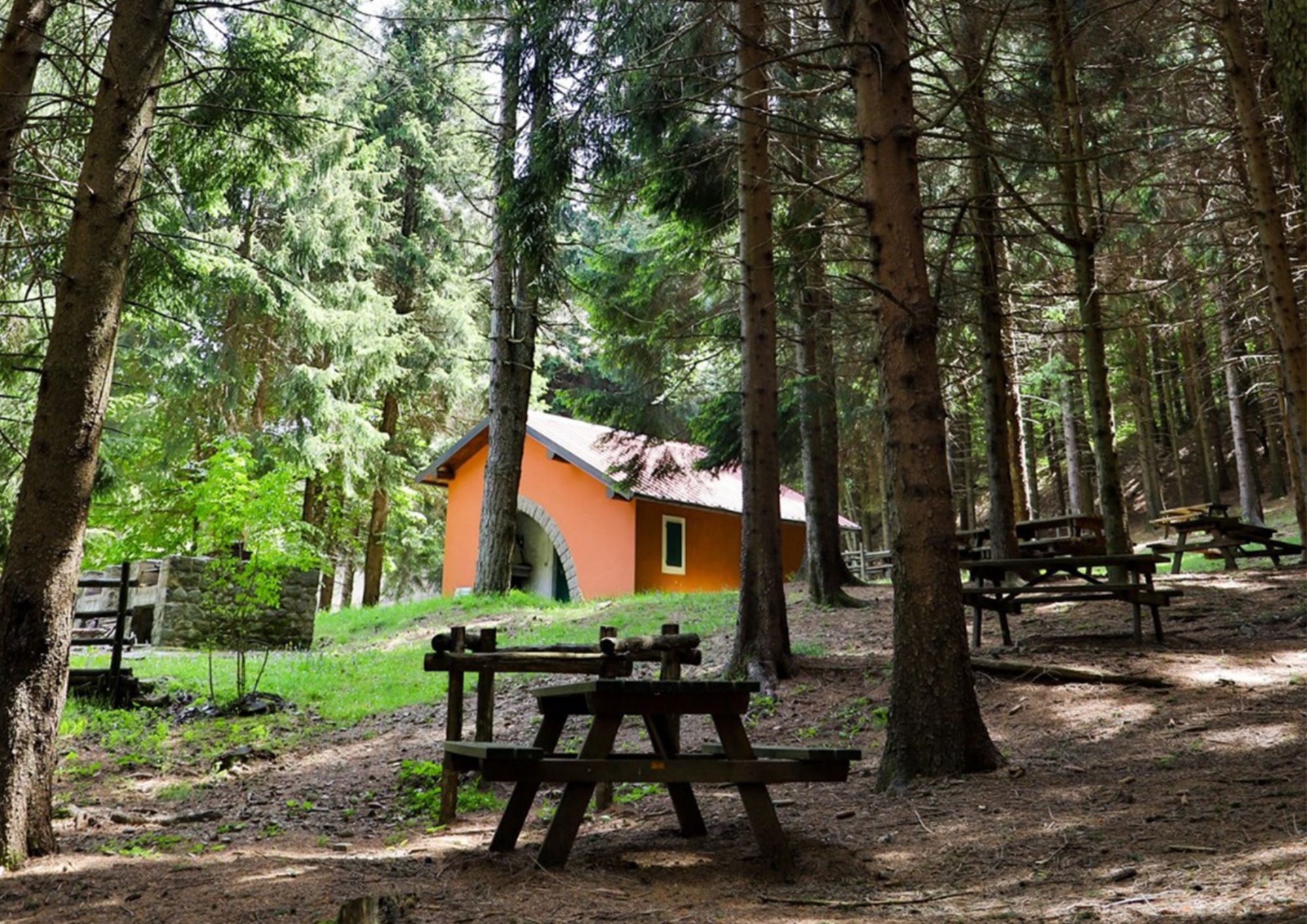
In the areas at the southern edge of the forest, many clearings open up and you can see the remains and the numerous rural settlements called 'Capanne' or 'Cascine', terraces and other rural works that once characterised the whole area.
Local products
Among the typical Pontremolese products such as testaroli, vegetable tarts, amor pastries and products based on chestnut flour, the Borgotaro IGP mushroom stands out. This term refers to fresh and dried porcini mushrooms that grow spontaneously in the forest area surrounding the Pass within the municipalities of Albareto, Borgo Val di Taro, Bedonia, Berceto, Compiano and Tornolo in the province of Parma (Emilia-Romagna region) and the municipalities of Pontremoli and Zeri in the province of Massa-Carrara, (Tuscany region).
The "La Guinadese" cooperative community was founded in 1919 with the aim of creating a meeting place involving the entire village of Guinadi, located at the beginning of the Brattello Forest, reachable on foot via paths and old mule tracks. The project has a strong social connotation, with the aim of guaranteeing every kind of service to the people of the entire valley, involving them in cultural activities. Furthermore, the cooperative is committed to safeguarding and remembering agricultural, food and wine knowledge, such as cooking in the historic cast iron pots in which testaroli are cooked, a Slow Food Association and symbol of the Lunigiana food and wine heritage.
The Bratto cradle
"The cradle of Bratto, between tradition and re-creation" project is particularly important. Bratto is the last town in the Municipality of Pontremoli before the Brattello Pass, famous for the extraordinary skills of local artisans in building furniture and wooden objects. Finely decorated cradles are symbols of this centuries-old tradition, with one of these still preserved in the Ethnographic Museum of Lunigiana. This fine manufacturing work that was formerly considered a valuable object and manufactured in the 19th century in the town of Bratto is linked to the project as it pursues its aim of rediscovering its now lost history and workmanship, setting up small artisan workshops capable of reproducing it.
